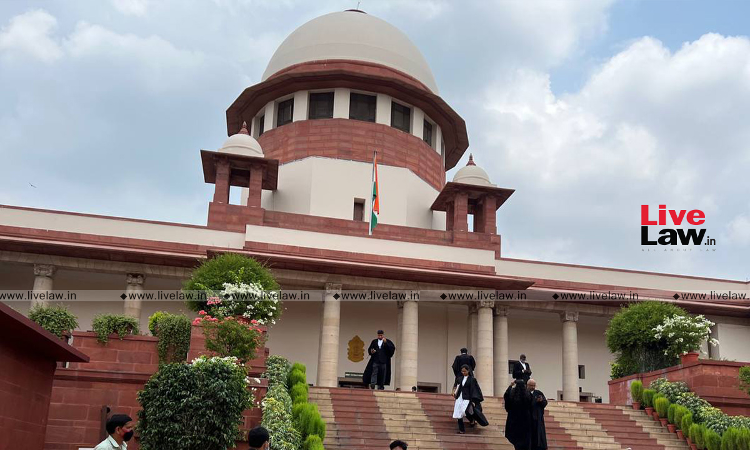Plea To Regulate Govt Advertisements : Supreme Court Issues Notice On Common Cause's PIL
Sohini Chowdhury
26 Sept 2022 8:35 PM IST

Next Story
26 Sept 2022 8:35 PM IST
The Supreme Court, on Monday, issued notice in a petition seeking directions to restrain Union and State Governments from using public funds on Government advertisements in violation of the guidelines issued by the Apex Court in Common Cause v. Union of India (2015) 7 SCC 1. After hearing Advocate, Mr. Prashant Bhushan representing the petitioner in some details, a Bench comprising Justices...
